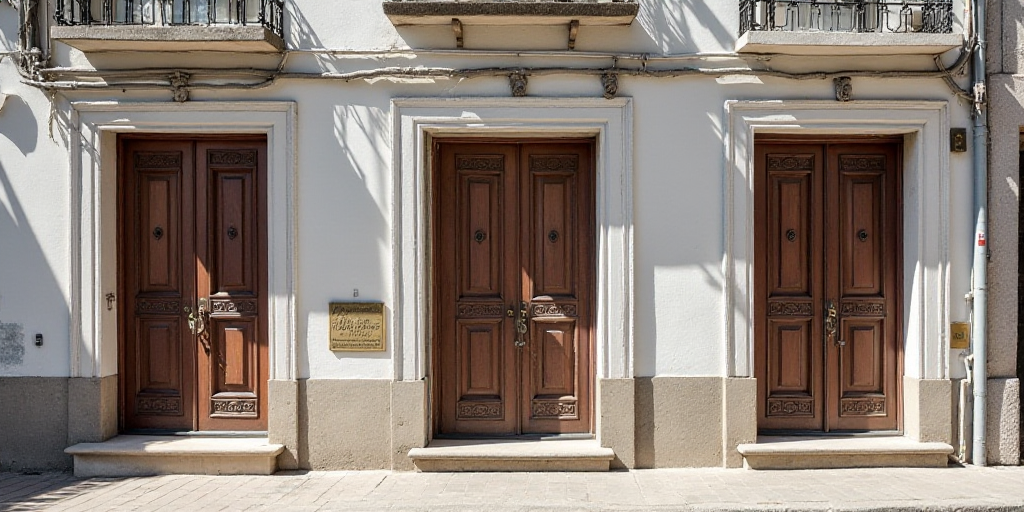Introduction
In 2023, the Multiforo Alicia, a vital space for countercultural expressions in Mexico City for nearly 30 years, announced the permanent closure of its Roma colonia location. However, El Alicia did not disappear; it soon found a new home in Santa María la Ribera. This case study examines the progress of the 2023-enacted Ley de Espacios Culturales Independientes and its impact on cultural spaces, focusing on the recent incident at Multiforo Alicia.
Background and Legal Framework
The Ley de Espacios Culturales Independientes was designed to provide recognition, economic support, and legal accompaniment for cultural spaces that achieve the designated classification. Multiforo Alicia was among the first to be recognized under this law.
Two years after the law’s implementation, questions arise about its effectiveness and progress. How many cultural spaces have been recognized? Are there legal accompaniment protocols for incidents like the recent one at Multiforo Alicia?
Interview with Ana Francis Mor, Secretary of Culture for Mexico City
Ana Francis Mor, the current Secretary of Culture for Mexico City and former legislator who supported the law’s creation, discusses these concerns.
Mor emphasizes that the Multiforo Alicia situation highlights the need for proper law implementation and a regulatory framework to ensure effective protection of independent cultural spaces.
Currently, only seven cultural spaces have achieved recognition, with 19 more in the registration process. A census for more grassroots spaces is also underway, as many have yet to access this information.
Despite the law’s provisions and legal protection, the process remains complex for independent cultural spaces. Mor explains that they still face a “burocratic labyrinth” when attempting to secure recognition.
Legal Faculties and Challenges
The Ley de Espacios Culturales Independientes grants faculties and legal protection to recognized spaces. However, Article 2 states that unaddressed matters fall under suppletory adjacent laws, such as the Ley de Establecimientos Mercantiles for Mexico City and the Ley de Gestión Integral de Riesgos y Protección Civil.
These laws came into play during the recent incident at Multiforo Alicia, where a supposed protocol violation led to police intervention and subsequent public eviction during Fermín Muguruza’s concert.
Mor met with the Secretary of Security, Pablo Vázquez Camacho, and the Secretariat for Integral Risk Management and Civil Protection to discuss protocols and future support for independent cultural spaces. She aims to establish working groups for standardized operational procedures and increased Protection Civil accompaniment.
However, Mor acknowledges that spaces remain vulnerable to corruption from all 16 Mexico City boroughs, as high fees and insufficient legal support hinder proper documentation and registration.
Conclusion
Ana Francis Mor asserts that the Multiforo Alicia case will aid in supporting other distrustful cultural spaces by ensuring they have proper documentation and registration as Independent Cultural Spaces of Mexico City.
Key Questions and Answers
- What is the progress of the Ley de Espacios Culturales Independientes? Only seven cultural spaces have been recognized, with 19 more in the registration process.
- What challenges do independent cultural spaces face? They still encounter a complex burocratic labyrinth when seeking recognition.
- What legal support is available for independent cultural spaces? The Ley de Espacios Culturales Independientes provides recognition, economic support, and legal accompaniment. However, unaddressed matters fall under suppletory adjacent laws.
- How is the Secretary of Culture addressing these concerns? Ana Francis Mor aims to establish working groups for standardized operational procedures and increased Protection Civil accompaniment.






